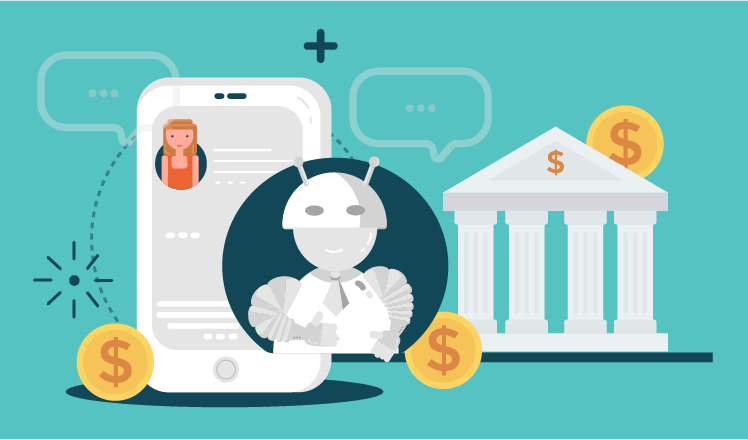Shoppers are turning to chatbots for more than customer service. Here’s how to make your chatbot the intelligent, well-rounded conversational app that consumers expect.
A recent survey of shoppers in the U.S. and U.K. revealed that preferences and behavior around chatbots are shifting. Traditionally, we think of the chatbot as an extension of customer service. And while that’s definitely still true, shoppers are turning to the chatbot for queries that they’d commonly type into the search bar.
Is your chatbot up to the task of answering natural language questions with support solutions, relevant product information, branded content like how-to guides, and expert employee advice?

Capturing chatbots’ untapped potential involves optimizing their design, functionality, and integration to enhance user experiences and achieve business goals. Here’s a comprehensive approach:
- Define Clear Objectives: Identify the specific goals you want the chatbot to achieve, such as improving customer support, increasing sales, or streamlining processes. Setting clear objectives helps in designing the chatbot’s features and interactions accordingly.
- Understand User Needs: Conduct thorough research to understand your target audience’s preferences, pain points, and communication styles. This insight will enable you to tailor the chatbot’s responses to user expectations, making interactions more effective.
- Natural Language Processing (NLP): Leverage advanced NLP techniques to enable the chatbot to understand and generate human-like responses. This involves training the bot to comprehend context, slang, and nuances in conversations, leading to more meaningful interactions.
- Personalization: Implement personalized recommendations and responses based on user history and preferences. By analyzing user data, the chatbot can offer tailored suggestions, which enhances engagement and user satisfaction.
- Omnichannel Integration: Extend the chatbot’s presence across various communication channels, such as websites, messaging apps, and social media platforms. This ensures a consistent user experience and maximizes the chatbot’s reach.
- Seamless Handoff to Humans: Design the chatbot to recognize when it’s unable to address a user’s query effectively. Implement a smooth transition to a human agent, ensuring a seamless and frustration-free user experience.
- Continuous Learning: Enable the chatbot to learn from each interaction by analyzing user feedback and conversation data. Regularly update its knowledge base to improve its accuracy and relevance over time.
- Visual and Voice Interfaces: Explore incorporating visual elements and voice interactions into your chatbot. This can enhance user engagement and accessibility, appealing to a broader audience.
- A/B Testing and Optimization: Continuously test different conversation flows, responses, and design elements to identify what works best for your users. Use A/B testing to refine the chatbot’s performance based on real user data.
- Data Security and Privacy: Prioritize data security and user privacy by implementing robust encryption, compliance with regulations (e.g., GDPR), and clear privacy policies. Building user trust is essential for chatbot adoption.
- Analytics and Insights: Integrate analytics tools to monitor the chatbot’s performance and gather insights into user behavior. Use these insights to make data-driven improvements and track the chatbot’s impact on your objectives.
- Multilingual Support: If your target audience spans multiple languages, consider implementing multilingual support to reach a broader user base.
- Proactive Engagement: Program the chatbot to initiate conversations based on user behavior or specific triggers. This proactive approach can enhance user engagement and drive desired actions.
- User Education: Educate users about the chatbot’s capabilities and how to interact effectively. Clear communication can lead to more productive and satisfying interactions.
- Iterative Development: Treat the chatbot as an ongoing project. Regularly gather feedback from users and stakeholders to identify areas for improvement and implement updates accordingly.
By strategically implementing these steps, you can tap into the full potential of chatbots, creating valuable user experiences and achieving your business objectives.
